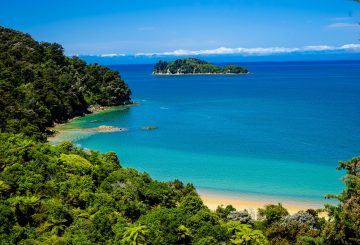国际知名的建筑师兼研究员安东尼·霍特教授及其团队将在本月对毛利古代建筑技术进行全面的地震试验,他们打算使用这些技术来重建历史悠久的丰盛湾 wharenui。
自纳皮尔地震以来,奥波蒂基附近的瓦雷努伊一直不复存在,由霍埃特领导的奥克兰大学团队将利用名为mimiro的濒危建筑知识来建造一座全尺寸的原型木结构。
在Toka TAke EQC的支持下,本周团队将测试原型机的抗震能力。
Hoete 和毛利建筑研究员 Jeremy Treadwell 博士使用联锁压缩接头设计和建造了木结构门户,而不是将零件用螺栓连接在一起。同时,绳索会像帐篷一样将建筑物拉到地上。
在测试阶段,他的团队将与工程学院合作,使用Jason Ingham教授的吉普车上的绞车将垂直入口向侧面拉动。这将测试水平强度,而垂直强度则使用水砝码进行测试。
该项目获得了Toka TAke EQC(地震委员会)的资助,以增强新wharenui及其社区的抗震能力。
霍埃特说,米米罗的起源可以追溯到他的祖先在太平洋上旅行时使用的船只和强帆猛击。
代表iwi祖先的最重要的雕刻品是从残骸中拯救出来的,并在马雷的棚子里存放了九十年。
来源:sun live.co.nz






























































